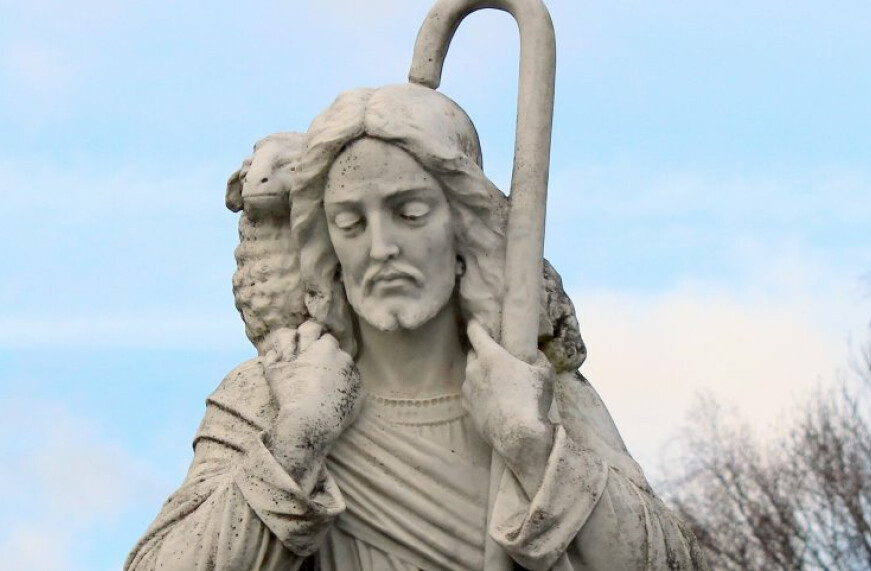Following Jesus
In the Gospel of Mark 10:17-27, we hear a story that often challenges me. We meet a young man who has always been a good person, asks what he must do to enter Heaven, and Jesus tells him, “You are lacking in one thing. Go, sell what you have, and give to the poor and you will have treasure in heaven; then come, follow me.”
You are lacking one thing. I know most days, I have more than one thing standing between me and following Jesus with my whole heart.
Jesus goes on to invite the young man to “come, follow me” but instead of leaving his nets like Peter and Andrew when Jesus called them, this man goes away sad, because he has many possessions he does not want to give away. He is the only person in the Gospels who does not drop everything when Jesus says, “follow me.” Most days I am more like this young man than I am like the disciples, hesitant or closed off when Jesus says: “follow me; come serve your neighbor, come embrace an uncomfortable conversation or task.” Each time I sin, I choose not to follow Jesus.
The disciples ask an important question after this interaction, “Then who can be saved?” and Jesus so gently responds: “For human beings
it is impossible, but not for God. All things are possible for God.” I do not have to make myself perfect, but I can try each day to say “yes” in following Christ again.


